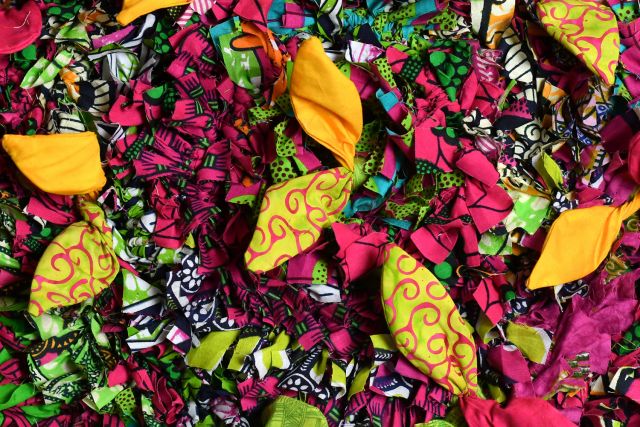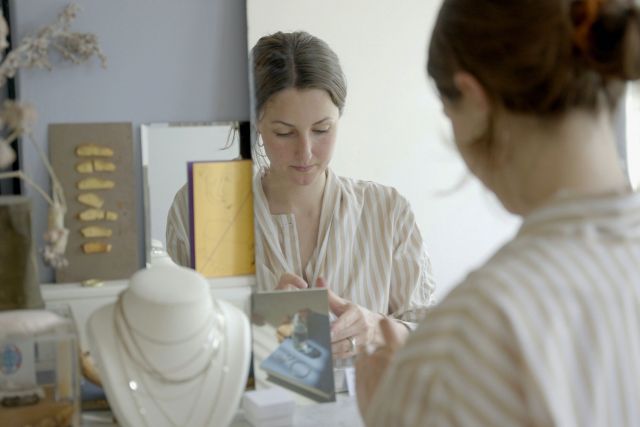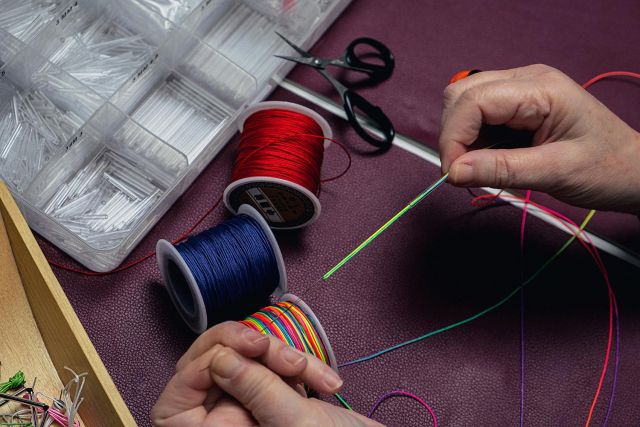This is a large ceramic wood-burning stove with metal hoops, of a type that has disappeared so long ago that recreating it required a lot of innovation. It was particularly innovative to recreate the smoke circulation system on the inside to distribute and make the most of the produced heat.
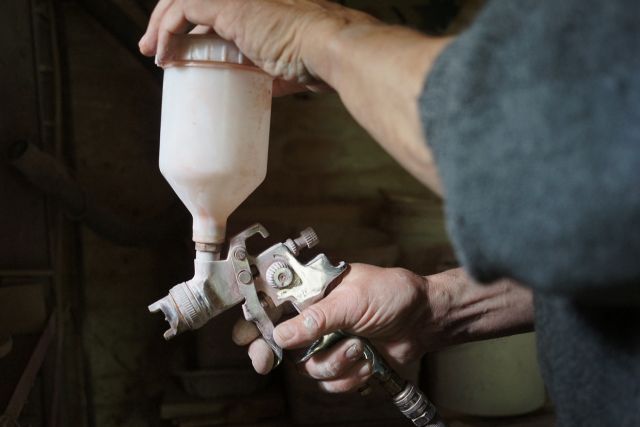
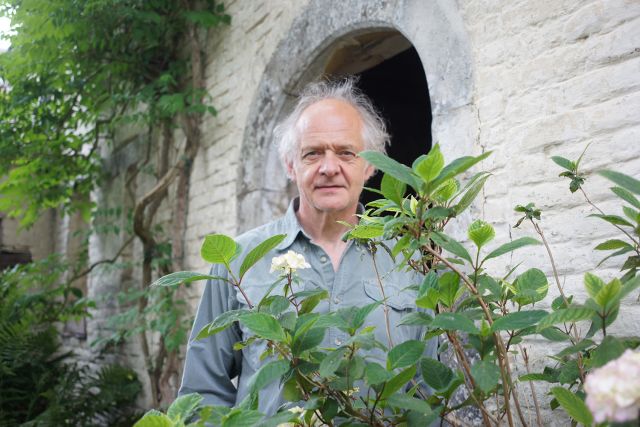
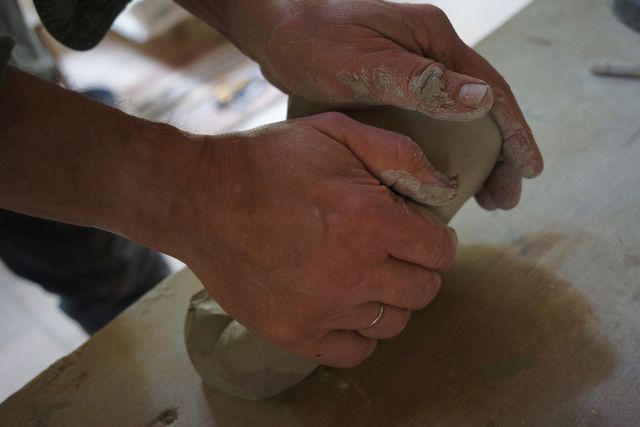
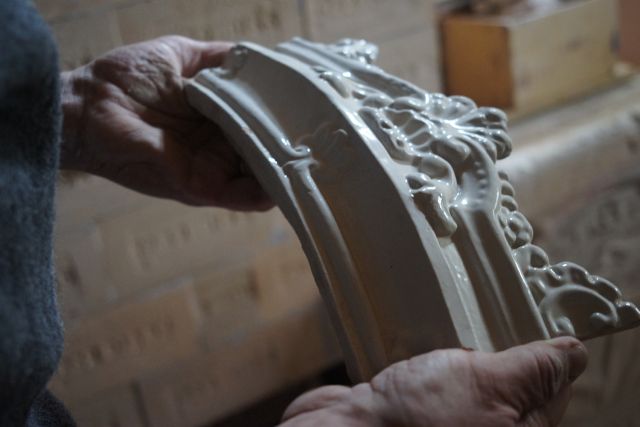
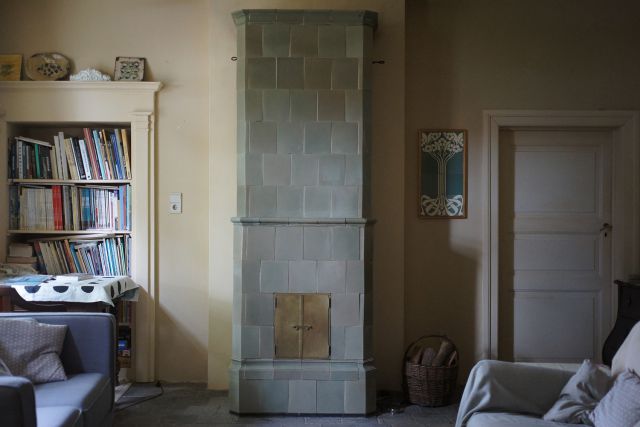
Christian Van Parys
- Terralut
- Stove maker
- Longueville, Belgium
- Master Artisan
By appointment only
The traditional craft behind ceramic stoves
- • Christian has been a ceramicist for over 40 years
- • He practises the rare craft of traditional ceramic stove building
- • He also does reconstructions of architectural ceramics
Christian Van Parys specialises in making traditional ceramic stoves and in the reconstruction of architectural ceramics at heritage sites. “In both domains, I always have the feeling that I am innovating,” he says. “I am consciously giving my own interpretation." Ceramic stoves, common in northern and eastern Europe, are a huge source of inspiration for him. “Because they evoke a whole art of living based on simplicity, and embellish daily life.” With his reconstructions of architectural ceramics, Christian aims to help safeguard the decorative features of emblematic Art Nouveau, Art Deco and modernist buildings. To combine such different activities, Christian mastered many diverse techniques. Among other materials, he works with terracotta, earthenware, stoneware and porcelain.
Read the full interviewWorks
Photo: ©All rights reserved

Photo: ©All rights reserved
This is an octagonal ceramic wood-burning stove with glazed terracotta tiles. Shapes, techniques and materials are used in unexpected ways. Christian Van Parys does not simply copy an old design, he always performs a conscious reflection. He is constantly questioning in order to create new designs.

Photo: ©Mathias Nouel
This colourful fireplace was designed by Belgian Art Nouveau architect Paul Hankar in 1897. Reconstructions of architectural ceramics can often be done with glazed earthenware or with a transparent lead glaze over an engobe which may or may not be coloured with oxides to reveal warm colours, as in this fireplace.





